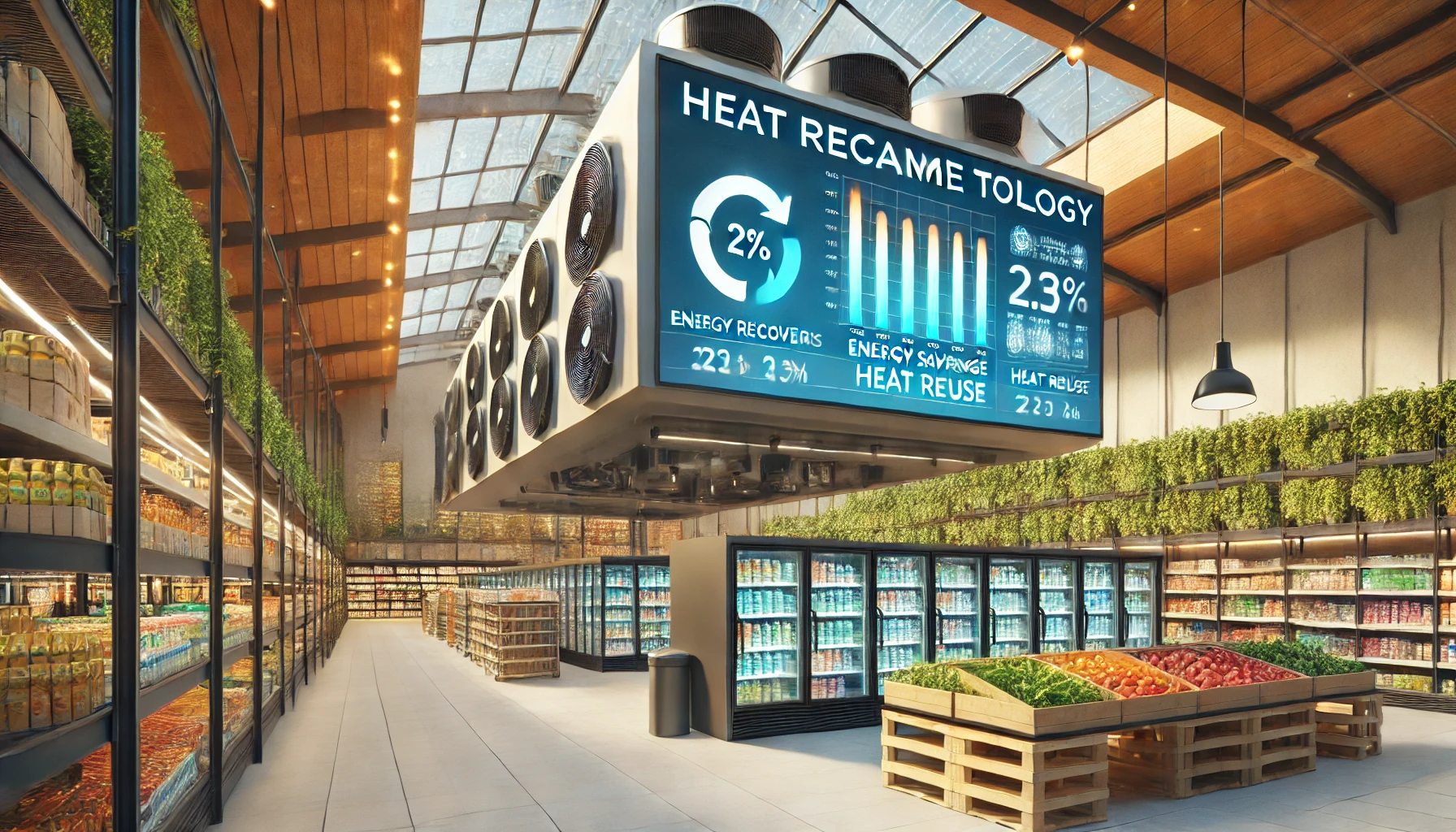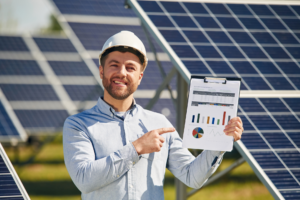As energy costs continue to rise and environmental regulations become more stringent, grocery stores are increasingly focusing on energy efficiency to reduce expenses and meet sustainability goals. In 2025, a combination of advanced technology, government incentives, and innovative best practices is shaping how grocery retailers manage their energy consumption. Below, we explore the top trends that are making a difference in grocery store energy savings this year.
1. Sustainable Refrigeration Practices
Refrigeration is one of the largest energy consumers in grocery stores, and many retailers are making the transition away from traditional refrigerants like hydrofluorocarbons (HFCs). These gases have a high global warming potential, prompting regulatory pressure and voluntary adoption of natural refrigerants such as carbon dioxide (CO₂), ammonia, and propane. These alternative refrigerants not only reduce environmental impact but also improve energy efficiency.
Additionally, improved refrigeration management strategies—such as predictive maintenance, real-time leak detection, and the use of refrigerated doors to reduce cold air loss—are becoming standard practice. These innovations minimize energy waste and extend the lifespan of refrigeration equipment, leading to significant long-term cost savings.
2. Heat Reclamation
One of the most innovative ways grocery stores are conserving energy is by reclaiming waste heat generated by refrigeration systems. This heat, which would otherwise be expelled into the environment, is being repurposed for space heating, water heating, and even powering nearby buildings.
By implementing heat recovery systems, grocery stores can reduce their dependence on traditional heating methods, cut down on fossil fuel consumption, and lower operational costs. Some advanced systems even integrate heat reclamation into a store’s overall energy management system, automatically adjusting usage based on demand and external temperatures.
3. Integration of Renewable Energy
With the cost of renewable energy technologies continuing to decline, more grocery retailers are investing in on-site power generation. Solar panel installations on store rooftops, parking lot canopies, and even integrated into refrigeration units are helping retailers reduce their reliance on grid electricity.
Major chains like Tesco have already implemented large-scale solar panel installations, contributing to their long-term goals of achieving net-zero carbon emissions. By generating their own electricity, grocery stores can reduce peak demand charges, stabilize energy costs, and increase resilience against power outages.
4. Advanced Energy Management Systems (EMS)
A major game-changer in energy efficiency is the rise of advanced Energy Management Systems (EMS). These systems utilize artificial intelligence (AI), machine learning, and the Internet of Things (IoT) to continuously monitor and optimize energy consumption across store operations.
An EMS can detect inefficiencies in real-time, automatically adjust lighting, refrigeration, and HVAC settings, and provide detailed reports on energy use. By analyzing historical data and weather patterns, these systems can also predict and prevent energy spikes. This level of automation allows grocery stores to reduce waste, lower energy bills, and make data-driven decisions for further efficiency improvements.
5. Electrification of Delivery Fleets
As more consumers turn to online grocery shopping and home delivery, the energy impact of transportation has come under scrutiny. Many grocery chains are transitioning their delivery fleets from fossil fuel-powered vehicles to electric alternatives.
For example, leading retailers are investing in electric delivery vans and heavy goods vehicles (HGVs) while integrating solar-powered refrigeration units for temperature-sensitive deliveries. By electrifying fleets, grocery stores can significantly reduce fuel costs, cut carbon emissions, and improve their overall sustainability profile. Some stores are even incorporating on-site electric vehicle (EV) charging stations, further encouraging the transition to cleaner transportation.
6. Replacement of Evaporator Fan Motors
One often-overlooked yet highly effective way to reduce energy consumption in grocery stores is upgrading evaporator fan motors in refrigeration systems. Traditional shaded-pole motors are highly inefficient, wasting significant amounts of energy through heat dissipation. High-efficiency motors, such as Electronically Commutated Motors (ECMs), provide a much better alternative.
Upgrading to ECMs can reduce energy use by up to 70% compared to outdated motors. These motors also generate less heat, reducing the strain on refrigeration systems and leading to additional energy savings. Furthermore, modern ECMs have a longer lifespan, require less maintenance, and are designed to handle the demanding environments of commercial refrigeration.
By retrofitting their refrigeration systems with energy-efficient motors, grocery stores can achieve measurable energy reductions, qualify for government rebates, and improve overall equipment performance.
7. Leveraging Government Grants and Tax Incentives
Governments worldwide are offering substantial grants, rebates, and tax incentives to encourage businesses to adopt energy-efficient technologies. These incentives make it easier for grocery stores to justify the upfront investment in sustainability upgrades, from refrigeration retrofits to solar panel installations.
For example, in Canada, programs like the Industrial Energy Efficiency Program (IEEP) and the Greenhouse Gas Pollution Pricing Act (GGPPA) provide financial support for businesses investing in energy efficiency improvements. In the U.S., utility companies and state governments offer rebates for ECM upgrades, LED lighting, and other energy-saving measures.
By taking advantage of these incentives, grocery stores can accelerate their return on investment while significantly lowering their carbon footprint. Forward-thinking retailers are actively working with energy consultants to ensure they maximize these financial opportunities.

Conclusion
Energy efficiency in grocery stores is no longer just about cost savings—it’s a critical component of long-term sustainability and regulatory compliance. The trends shaping energy conservation in 2025 are driven by technological advancements, environmental policies, and increasing consumer demand for greener business practices.
By implementing sustainable refrigeration practices, utilizing heat reclamation, integrating renewable energy, adopting EMS, electrifying delivery fleets, upgrading evaporator fan motors, and capitalizing on government incentives, grocery retailers can significantly reduce their energy consumption and operational costs.
As the grocery industry continues to evolve, those who prioritize energy efficiency will gain a competitive edge, reduce their environmental impact, and future-proof their businesses against rising energy costs and regulatory changes. Now is the time for grocery retailers to invest in these transformative energy-saving solutions and make sustainability a core part of their operations.
“Never thought I'd see heat reclamation as one of the 7 Top Grocery Store Energy Savings Trends”






